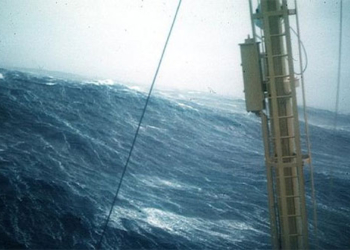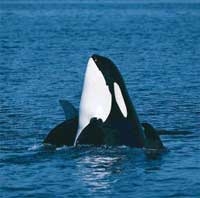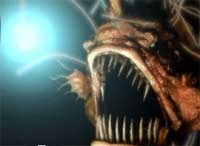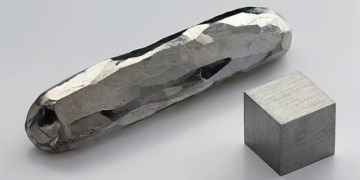An ocean exploration robot has discovered 55 strange creatures at the bottom of the Pacific Ocean, including more than 30 species that may have never been known to humanity.
Scientists from the Natural History Museum in the United Kingdom analyzed samples collected by an exploration robot operating in the deep-sea plains of the Clarion-Clipperton Zone in the central Pacific.
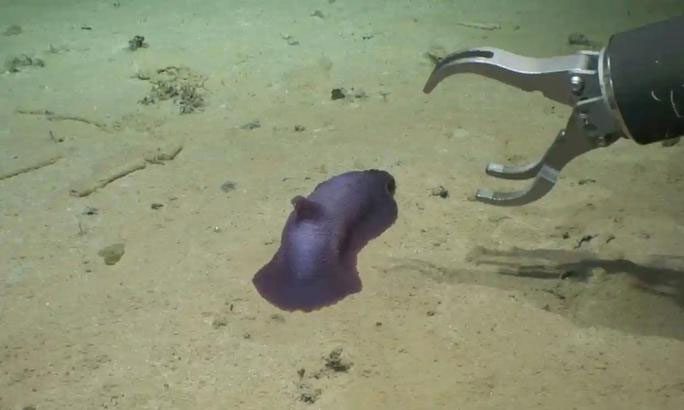
One of the strange species found in the Pacific abyss – (Photo: Courtesy of DeepCCZ/Gordon and Betty Moore Foundation/NOAA)
The British robot accompanied a recording robot from the National Oceanic and Atmospheric Administration (NOAA), providing the scientific community with not only unique images but also actual specimens from bizarre species in areas inaccessible to humans.
The publication in the journal Zookeys highlights the high species diversity of organisms in this trench.
Among the 55 specimens recovered in the laboratory, 48 belong to different species. Of these, 36 specimens were found at depths greater than 4,800 meters, 2 specimens were collected at 4,125 meters, and 17 specimens were at depths ranging from 3,095 meters to 3,592 meters.

(Photo: Courtesy of DeepCCZ/Gordon and Betty Moore Foundation/NOAA)
More than 30 of these species are incredibly bizarre and may be completely new species that have not been documented in the world.
“This research is significant not only due to the number of potential new species but also because these large specimens were previously only studied from images taken on the ocean floor. Without the specimens and the DNA data they hold, we cannot accurately identify these animal species,” said lead author Dr. Guadalupe Bribiesca-Contreras, according to The Guardian.
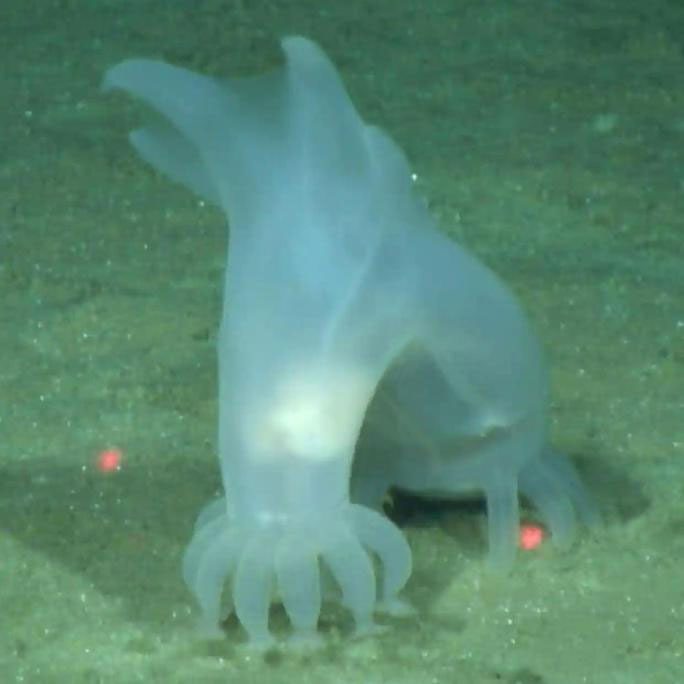
(Photo: Courtesy of DeepCCZ/Gordon and Betty Moore Foundation/NOAA)
British scientists are continuing to compare the genetic makeup of the strange creatures they have sampled with known species to verify whether they are distinct new species and to determine their family trees, which is essential for accurately identifying each species.








































